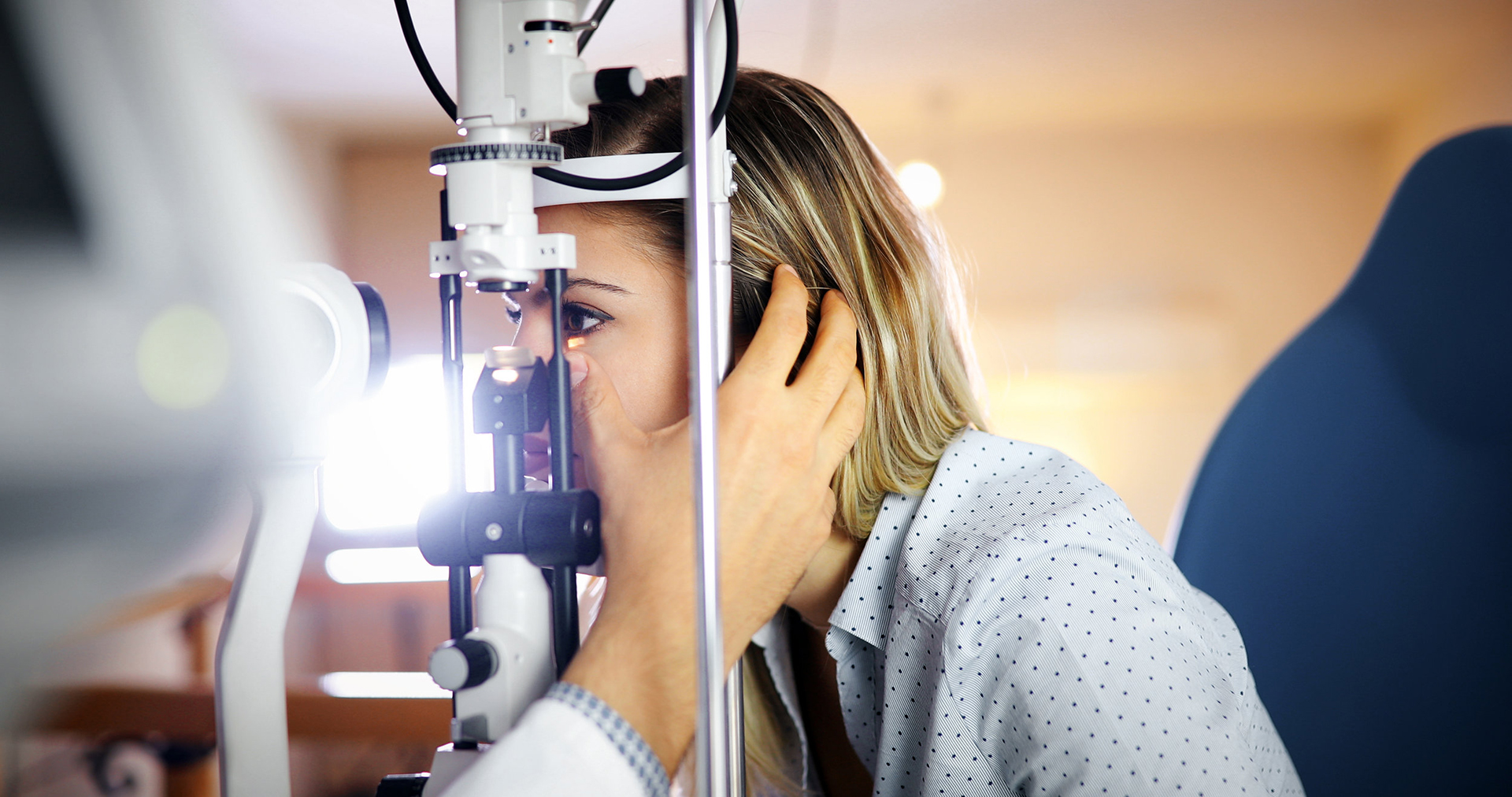
CATARACT
A cataract is a dense, cloudy area that forms in the lens of the eye. A cataract begins when proteins in the eye form clumps that prevent the lens from sending clear images to the retina. It develops slowly and eventually interferes with the vision. You might end up with cataracts in both eyes, but they usually don’t form at the same time. Cataracts are common in older people.According to government data, 62.6% of all blindness in India is a result of cataract, which means that it is reversible with timely surgery
GLAUCOMA
Glaucoma is a disease of the eye in which fluid pressure within the eye rises; if left untreated, the patient may lose vision and even become blind.Glaucoma is relatively common, especially in older adults and can cause damage to the optic nerve if left untreated. In general, glaucoma cannot be cured, but it can be controlled. Eye drops, pills, laser procedures, and surgical operations are used to prevent or slow further damage from occurring.
CORNEA
The cornea is the clear front surface of the eye. It lies directly in front of the iris and pupil, and it allows light to enter the eye. The term corneal disease refers to many conditions that affect this part of your eye. These include infections, tissue breakdown, and other disorders you get from your parents. Usual symptoms e.g. pain, blurred vision, tearing, redness, extreme sensitivity to light, etc. also come with other eye problems, so they may signal a more serious issue that requires special treatment.
RETINA & UVEA
The uvea is the pigmented middle layer of the eyeball. A number of things can go wrong with the uvea. Some uvea problems are genetic, while others are age-related conditions or are associated with other health problems. Many uvea problems can be detected by your eye doctor before you notice any significant symptoms. Routine eye exams are essential to examine your eyes for signs of uveal melanoma and other serious eye conditions so treatment can begin as soon as possible to protect your eyesight.
REFRACTIVE
Refractive error means that the shape of your eye does not bend light correctly, resulting in a blurred image. The main types of refractive errors are nearsightedness, farsightedness, loss of near vision with age and astigmatism. This eye disorder is not a preventable condition but is treatable. Refractive disorders are commonly treated using corrective lenses
PAEDIATRIC & SQUINT
Paediatric refers to the medical care of infants, children and the age limit usually ranges from birth up to 18 years. Squint is a condition where the eyes do not look together in the same direction. Most squints occur in young children. Consult your doctor for expert advise.
What People are Saying
Get started here


